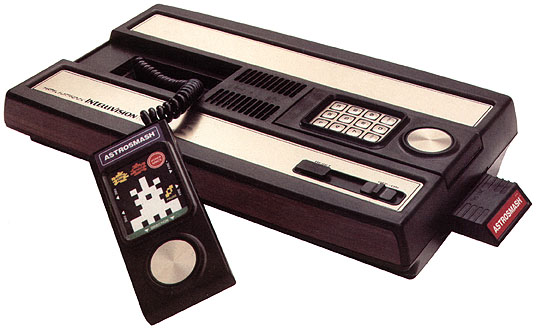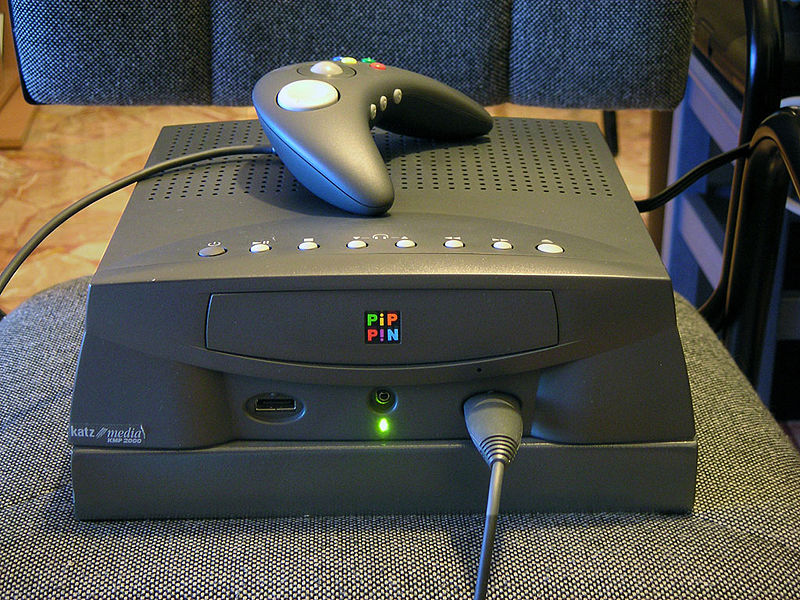So you spent $350 on a netbook, figuring it’d be great for surfing the Internet on the road. The problem is, YouTube can be choppy and flash games grind a bit when things get too hectic. You can’t really edit your vacation videos on the fly, either. Rage consumes.
Apparently, these sorts of disappointments are happening too often, according to Intel, whose relatively weak Atom processors power most netbooks. At the company’s investor meeting (via CNet), marketing chief Sean Maloney said some retailers were seeing netbook return rates in the 30 percent range, which he described as “a disaster.”
Consumers were getting confused because netbooks are being marketed as notebooks. “So we gently went back to some of those chains and said if you segment them differently and state up front what they do and don’t do, things will be healthier,” Maloney said. “You’ve seen some of the European channels saying this (netbook) product does not do X and being very black and white and very clear.”
Here’s a slide Intel drew up to illustrate the differences:

I suspect there’s an ulterior motive here. Intel, like computer manufacturers, doesn’t want netbooks to cannibalize demand for full-featured laptops. Reminding buyers that the $350 machine won’t play video or create content as well as the $1,000-and-up machine is a simple way to pitch a bigger purchase. The sell will get easier when $700 ultrathins storm the industry in the months ahead, so its not surprising that Dell talked about marketing them distinctly from netbooks as well.
Regardless of Intel’s motivations, it will be good for buyers to understand what they’re getting. A little consumer education is always welcome.

 Dell doesn’t make the cheapest of netbooks, so I never guessed it would first to make a 10-inch model for under $300, but the proof is in the company’s
Dell doesn’t make the cheapest of netbooks, so I never guessed it would first to make a 10-inch model for under $300, but the proof is in the company’s  If we can all agree that an Intellivision compilation for the Nintendo DSi would have been pretty neat, than we can all mourn together, because it’s not happening.
If we can all agree that an Intellivision compilation for the Nintendo DSi would have been pretty neat, than we can all mourn together, because it’s not happening. The other day, I was browsing through my Twitter feed and spotted a link to a free meal coupon from KFC. Needing dinner, I printed out the coupon and took it to my local restaurant for some free grilled chicken, two sides and a biscuit. I also retweeted the link and told some friends through e-mail.
The other day, I was browsing through my Twitter feed and spotted a link to a free meal coupon from KFC. Needing dinner, I printed out the coupon and took it to my local restaurant for some free grilled chicken, two sides and a biscuit. I also retweeted the link and told some friends through e-mail. Shacknews
Shacknews  When rumors of an
When rumors of an  We’re just over a month away from the release of Wii MotionPlus, an attachment to the Wii Remote that adds much-needed precision. Two EA Sports games, Tiger Woods 10 and Grand Slam Tennis, will be the first to show off the new technology, and hopefully they’ll be the antidote to Wii Sports’ heartless wrist flicking.
We’re just over a month away from the release of Wii MotionPlus, an attachment to the Wii Remote that adds much-needed precision. Two EA Sports games, Tiger Woods 10 and Grand Slam Tennis, will be the first to show off the new technology, and hopefully they’ll be the antidote to Wii Sports’ heartless wrist flicking.